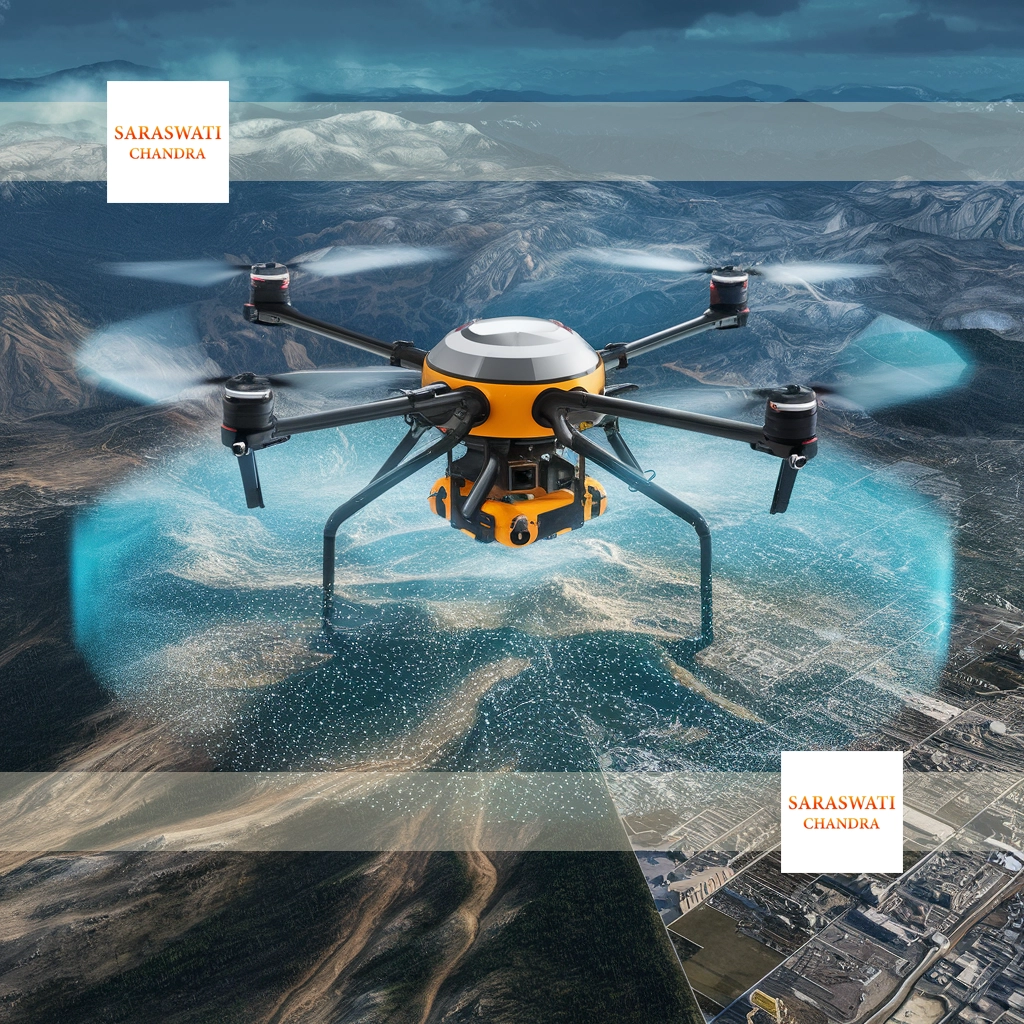Introduction
Aerial LiDAR (Light Detection and Ranging) is a cutting-edge technology that captures high-resolution data from the Earth’s surface. It has revolutionized fields such as topography, forestry, and urban planning. This article will guide you through the entire process, from data acquisition to the final analysis.
What is Aerial LiDAR?
Aerial LiDAR involves using laser scanners mounted on aircraft to measure distances by illuminating targets with laser light and measuring the reflection time. The technology captures precise 3D data points, known as point clouds, which are then processed to create detailed maps and models.
How Does Aerial LiDAR Work?
1. Data Acquisition: A LiDAR system sends out laser pulses towards the ground. As these pulses hit surfaces, they reflect back to the sensor. The time it takes for the light to return is recorded, which helps in calculating the distance. The sensor continuously emits laser pulses while the aircraft moves, resulting in a comprehensive data collection.
2. GPS and Inertial Measurement: To accurately position the data, a GPS system and an Inertial Measurement Unit (IMU) are used. The GPS provides location data, while the IMU measures the orientation and motion of the aircraft. This ensures that the exact position and angle of the laser pulses are known.
3. Data Processing: The raw data collected consists of millions of data points. This data is processed to remove noise and align the points correctly. The result is a point cloud that represents the Earth’s surface and objects on it.
4. Classification and Filtering: Point clouds are classified into different categories, such as ground, vegetation, and buildings. Filtering techniques are applied to isolate the required data, such as ground points for terrain mapping.
5. Creating Digital Models: The classified data is used to create Digital Elevation Models (DEMs), Digital Surface Models (DSMs), and 3D models. These models provide valuable insights for various applications, including flood modeling, vegetation analysis, and urban planning.
Applications of Aerial LiDAR
1. Topographic Mapping: LiDAR data is used to create accurate topographic maps, essential for infrastructure planning and environmental studies.
2. Forestry Management: In forestry, LiDAR helps in assessing tree height, canopy density, and biomass estimation, aiding sustainable forest management.
3. Urban Planning: Urban planners use LiDAR data to analyze terrain, plan infrastructure, and assess building heights and densities.
4. Archaeology: LiDAR technology reveals hidden archaeological sites by penetrating dense vegetation and providing detailed ground surface models.
Advantages of Aerial LiDAR
- High Accuracy: Aerial LiDAR provides highly accurate data, crucial for precise mapping and modeling.
- Speed: The technology can cover large areas quickly, making it ideal for extensive surveys.
- Versatility: It can be used in various terrains and conditions, from urban environments to dense forests.
Challenges in Aerial LiDAR
- Cost: The technology requires significant investment in equipment and data processing.
- Data Volume: The vast amount of data collected needs efficient storage and processing capabilities.
- Weather Dependency: LiDAR surveys can be affected by weather conditions, such as rain or fog.
Future of Aerial LiDAR
The future of Aerial LiDAR is promising, with advancements in sensor technology and data processing. Emerging applications include autonomous vehicles, smart cities, and environmental monitoring. As technology evolves, we can expect even more accurate and detailed models of our world.
Conclusion
Aerial LiDAR is a powerful tool that provides unparalleled data for various applications. From capturing raw data to creating detailed models, the process involves several critical steps. Despite its challenges, the benefits of this technology are immense, making it an essential asset in modern-day mapping and analysis.
